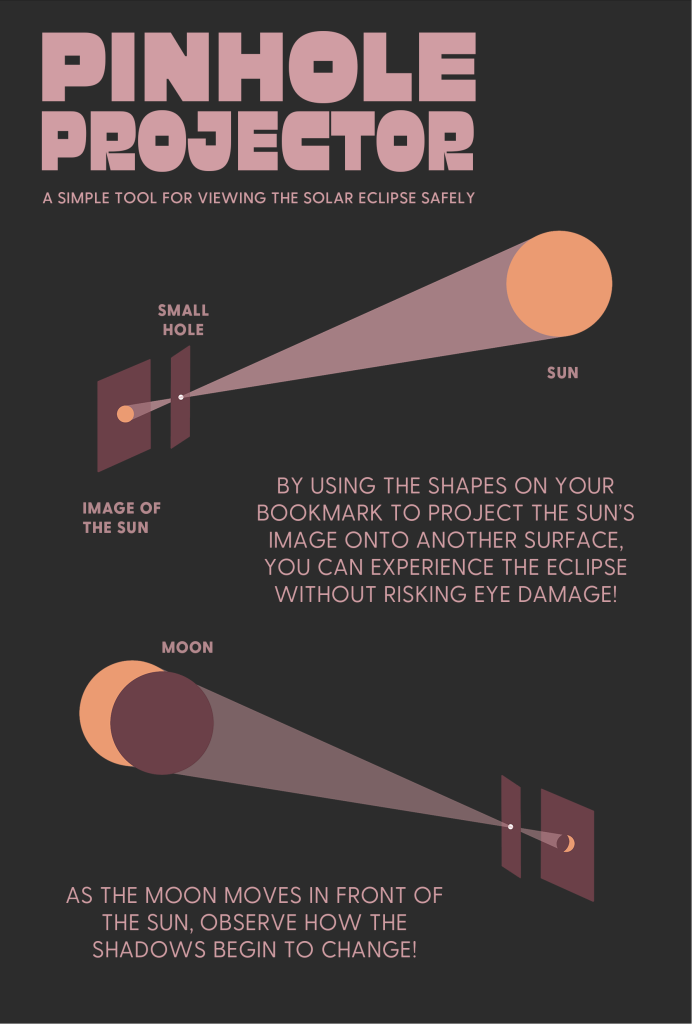How To View the Total Eclipse Safely

Safe Viewing During a Total Solar Eclipse
As the moon is moving in front of the sun viewers must wear protective eyewear (certified eclipse glasses or level 14 welding goggles). Once the moon completely covers the sun, the eclipse will no longer be visible through the eclipse glasses. During totality, the viewer can remove their eclipse glasses and see the corona. Only people viewing the eclipse from within a 115-mile-wide path of totality can glimpse the sun's corona (its hotter outer atmosphere that will look like a spiky ring of light) with their naked eyes during totality.
For people interested in taking photos and video of the eclipse, it is important to remember that cameras require a solar filter to safely capture images. Looking through the lens of a camera, telescope, or binoculars while wearing eclipse glasses puts your eyes at risk, because the lens will magnify the sun’s rays and could burn a hole through the eclipse glasses.
Free eclipse glasses and bookmarks (limit four per person) are available while supplies last beginning March 11 at the following Austin Parks and Recreation locations:
Plan Ahead for the Eclipse
Start planning now where you will view the total eclipse. Here a helpful checklist:
- Stay as close to home as possible to avoid traffic and tourists.
- Arrive early. Don’t try to rush to the viewing location at the last moment.
- Help reduce traffic. Use alternative transportation to travel to your viewing location. Plan to walk, bike, ride public transportation, or carpool if you will be viewing the eclipse from some place other than your yard.
- Have the appropriate eyewear for viewing the eclipse. According to the American Astronomical Society, a real and safe pair of solar eclipse glasses should be labeled with ISO 12312-2 (sometimes written in more detail as ISO 12312-2:2015).
Leave No Trace
Bring your used eclipse glasses to Austin Parks and Recreation facilities and Austin Public Libraries April 8 through April 26, 2024. Make sure to drop them in one of the designated eclipse glasses recycling receptacles.
